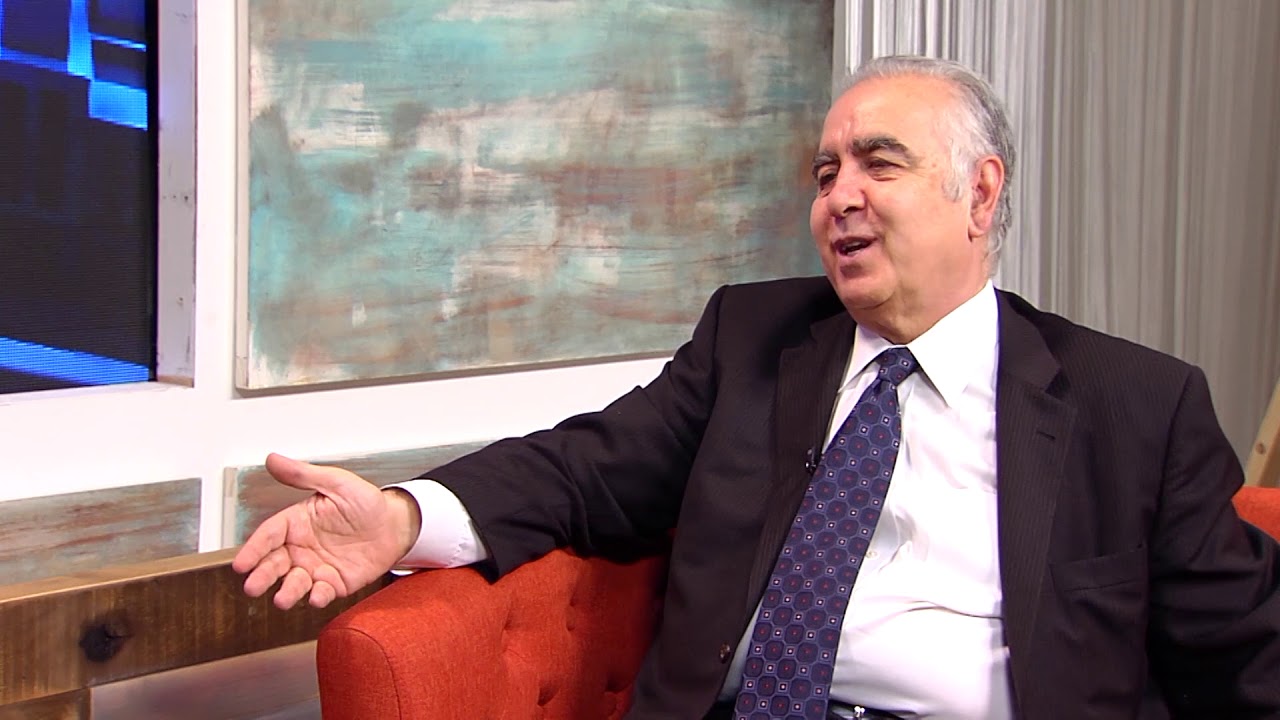I write this column with great sorrow and dismay.
Vahakn Dadrian, the preeminent expert on the Armenian Genocide, died in upstate New York on August 2, 2019, at the age of 93. Born in Istanbul, Turkey, he devoted his entire life to expose the Turkish denials of the Armenian Genocide. Dadrian conducted his meticulous research in Turkish, English, French, German and Armenian, publishing dozens of scholarly books and articles in professional journals.
One would think that a distinguished individual such as Dadrian would be respected, not only during his lifetime, but also after his passing. Prime Minister of Armenia Nikol Pashinyan took the right step by issuing a decision on August 19, 2019, to appoint a high-level State Commission to make the necessary arrangements for Dadrian’s burial in Yerevan and allocated an appropriate budget for the funeral expenses.
The members of the State Commission were: “A. Harutyunyan, Minister of Education, Science, Culture and Sports; Z. Mnatsakanian, Foreign Minister; A. Torosyan, Minister of Health; A. Janjughazyan, Minister of Finance; H. Marutyan, Mayor of Yerevan; R. Martirosyan, President of National Academy of Sciences; V. Terteryan, Deputy Minister of Territorial Management and Infrastructure; V. Movsisyan, Deputy Police Chief of Armenia; Bishop Hovnan Hakobyan, Grand Sacristan of the Mother See of Holy Etchmiadzin; A. Iskankaryan, Director of the Special Services for the Population; H. Marutyan, Director of the Armenian Genocide Museum; and G. Sarkissian, President of the Zoryan Institute (Canada).” Dadrian was the Director of Genocide Research at Zoryan.
After the Embassy of Armenia in the United States transferred Prof. Dadrian’s ashes to Armenia, a Memorial Service was held on August 31, 2019, at the National Academy of Sciences, where Dadrian was a member. The Service was attended by the State Commission members, as well as Ararat Mirzoyan, then Speaker of the Parliament, Dadrian’s 90-year-old sister, and other dignitaries and academicians. Prof. Dadrian’s ashes were interred at the Tokhmakh Cemetery in Yerevan.
Recently, when Maggie Mangassarian Goschin, Director of the Ararat-Eskijian Museum in Mission Hills, California, wanted to include a photo of Dadrian’s grave in her museum where Dadrian’s archives are stored, no one could locate Dadrian’s grave. After a lengthy search, Baghdig Kouyoumdjian of Paris and Hrair Hawk Khatcherian of Canada finally found Dadrian’s unmarked grave. It turned out that after three years of his burial, the State Commission did not have the courtesy of placing on Dadrian’s grave a tombstone or even a plaque indicating his name. The grave was shockingly covered with weeds and garbage. The two gentlemen placed a temporary plaque on Dadrian’s grave and cleared the weeds. This is the horrible treatment that this eminent scholar received in his homeland after his death.
Prof. Taner Akcam, a well-known scholar of the Armenian Genocide and Director of UCLA’s Armenian Genocide Research Program, was the first to sound the alarm on his Facebook page about the deplorable neglect of Dadrian’s grave. It is ironic that an individual of Turkish origin is more concerned about the despicable treatment of Dadrian’s grave than the Armenian government. Dadrian was Akcam’s mentor and collaborator on Genocide research. Akcam wrote on his Facebook page: “Dadrian does not deserve this. It is unacceptable and an immense shame that the grave of the founder of modern Armenian Genocide research is neglected and forgotten.”
In response to Prof. Akcam’s justified outrage, Mari Hovhannisyan, Program Coordinator of the Zoryan Institute (Armenia), issued a statement titled, “Tempest in a teacup.” She gave the excuse that the delay was “due to COVID-19 and the 2020 Artsakh War, Armenia was burying several thousand of its brightest sons and daughters, tragically lost due to both of these crises, each requiring their own appropriate tombstones.” This is an unacceptable excuse. Dadrian was buried seven months before COVID-19 affected Armenia and more than a year before the Artsakh War. That’s plenty of time to place a tombstone or at least a plaque on Dadrian’s grave, not to mention that almost two years have passed since the 2020 war and COVID-19 is no longer prevalent in Armenia. Furthermore, since Dadrian’s death, other individuals have been buried in nearby graves and they have a tombstone!
More troubling are the attempts to cover up this scandal. Zoryan’s Hovhannisyan wrote on her Facebook page: “We kindly request those who have raised this issue publicly to refrain from spreading unchecked information and making unnecessary comments, which can only lead to tempest in the teacup.” Vahan Hunanyan, spokesperson of the Armenian Foreign Ministry, and Harutyun Marutyan, Director of the Armenian Genocide Museum in Yerevan, issued similar meaningless excuses. This is the usual behavior of those who want to cover up their embarrassing mistakes. It would have been more appropriate to issue an apology and take immediate steps to place a tombstone on Dadrian’s grave.
If the State Commission members, appointed by Prime Minister Pashinyan, could not arrange to place a tombstone on the grave of a highly-respected Armenian scholar in three years, they should have been reprimanded by Pashinyan for their negligence and incompetence. This is a national scandal. It is also a regrettable indication that if Armenian officials cannot place a tombstone on a grave, how can Armenians trust their government to run a country with so many serious problems?
Finally, Prof. Dadrian’s grave should not have been placed in the Tokhmakh Cemetery. It would have been more appropriate to place the urn of Dadrian’s ashes at the Memorial Wall next to the Genocide Monument or the Komitas Pantheon, alongside other prominent individuals. That is the least the Armenian government could do to rectify its grave error.


Leave a Reply